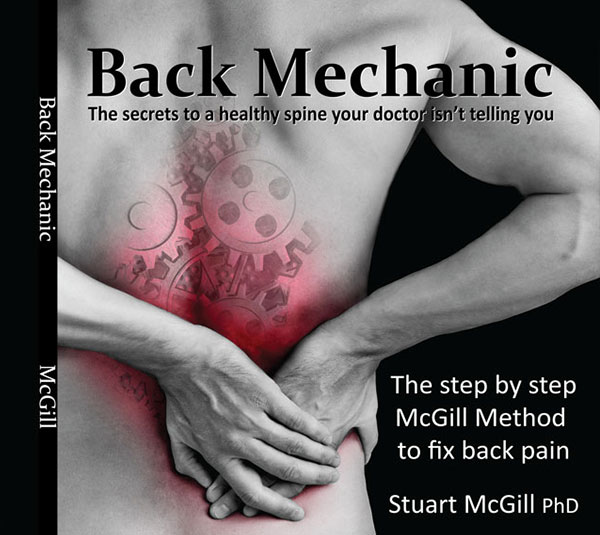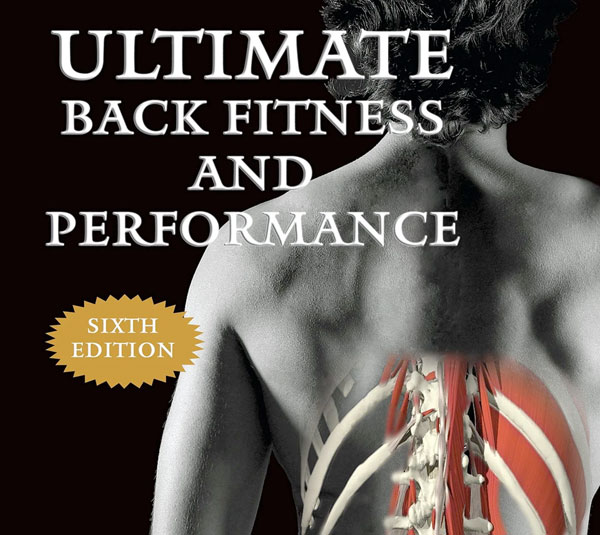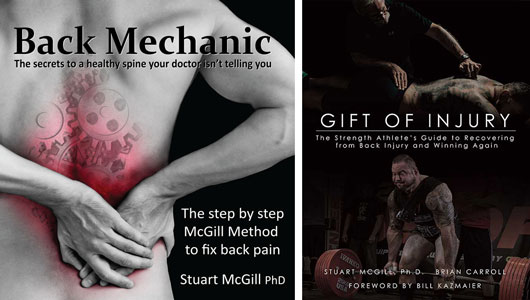01 May Brian Carroll Coaches the Side Plank
Brian Carroll Coaches the Side Plank
ANOTHER MCGILL BIG 3 POST? Yes, I give a brief side plank coaching demo with a client in this video. I have shot a few videos over the years, but this one is simplified and straight to the point. For more context on the side plank, please check out Back Mechanic and Gift of Injury for regressions and progressions. This is only the tip of the iceberg, and particular coaching cues I used for this session are as follows:
 Most of you will be able to follow along with this video and have no issues once you see the primary cues hammered consistently:
Most of you will be able to follow along with this video and have no issues once you see the primary cues hammered consistently:
1. Set your elbow, knees/ hips (depending on variation). Engage the lats.
2. Stiffen the torso appropriately
3. Use the hip hinge to come up, with precision, into the side plank
4. Lower down to the floor with control between reps
More Side Plank Context and Coaching
In my experience, the side plank is generally executed pretty well compared to the bird dog and curl up in the McGill Big 3 families. Generally, they are not very hard to learn or even do for most. However, for those injured and those with a bodybuilding background, I have noticed that this exercise tends to be a weakness because bodybuilding focuses on the back extensors and anterior core in the pursuit of symmetry, not athleticism. Training the obliques and lateral core can make your core bigger, which is unsuitable for bodybuilding and those wanting to maintain a particular taper. Many back-injured bodybuilders who have come to Jacksonville, FL, for an assessment are so unstable in the lateral core they shake violently as a paint mixer would (during an elementary version) while doing the bird dog and sometimes the curl-up without any problem.
Main flaws I see with the side plank: Flopping down after the repetition, not bracing properly with tuned efficiency to start the rep, twisting the ribcage away from the pelvis, and progressing too fast; i.e. moving to the rolling plank, when not proficient in the side plank from the knees. Most problems seem to come when the user starts the rolling aspect of the side plank, does not maintain the ribcage and pelvis as one, and ‘twists’ instead of being locked in as one unit.
BONUS: In this video (briefly), I discuss breathing. This needs its article and context. Why? Depending on the goal, you should be more forceful (for performance), while at other times, for recovery, you would likely not try to create so much tension, stiffness, and IA pressure as someone training for a world record. Everything must be adjusted and tuned to achieve a specific goal for each individual. For those backs pained with compressive forces, we should consider less stiffening in some cases, specifically the abdominal region. But, as I say, this needs an entire article, or better yet, read more about the nuance here: Ultimate Back Fitness and Performance 6th ED.

Brian offers Virtual & in-person coaching
Back Injured Average Mary or Joe who wants their life back
Back Injured Athlete Wanting to Return to Sport
Lift and exercise coaching & cueing to troubleshoot form
Program adherence & accountability coaching
Nutrition & Supplementation Coaching & Guidance (10 or 20 weeks)
Brian Carroll
Latest posts by Brian Carroll (see all)
- Quick Rant: Core Exercises - July 26, 2024
- Physical Therapy Fails for Back Pain - July 25, 2024
- Quick Rant: Physical Therapists - July 19, 2024







Sorry, the comment form is closed at this time.